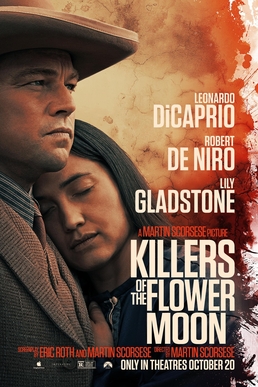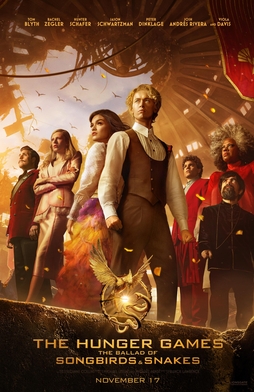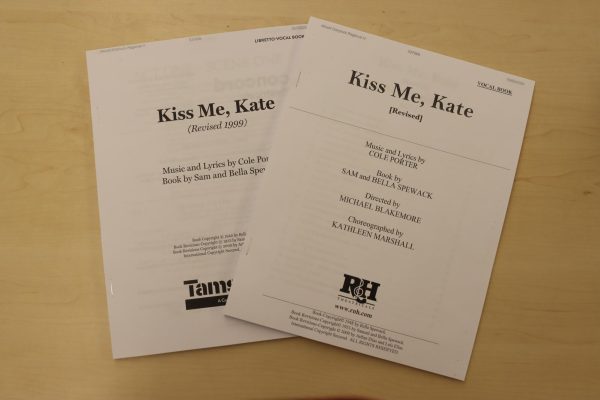The Second American Civil War
 I recently finished DMZ, a 72 issue (November 2005 – February 2012) serial graphic novel by Brian Wood. What started as a simple whim of easy-reading to pass the time became, for me, a pretty thought-provoking fiction told through a journalistic lens. Delivered with the help of quite stimulating art by Wood and Riccardo Burchielli (along with several guest artists), I found upon finishing the series that I was left wanting more.
I recently finished DMZ, a 72 issue (November 2005 – February 2012) serial graphic novel by Brian Wood. What started as a simple whim of easy-reading to pass the time became, for me, a pretty thought-provoking fiction told through a journalistic lens. Delivered with the help of quite stimulating art by Wood and Riccardo Burchielli (along with several guest artists), I found upon finishing the series that I was left wanting more.
In his review/interview The Civil War Has Begun. It’s on Park Avenue George Gene Gustines of the New York Times offered the following brief intro near the start of Wood’s series run:
IF residents of Manhattan often feel at odds with the rest of the country, the comic book series DMZ magnifies that anxiety with its radical premise. In the world imagined by the writer Brian Wood and the artist Riccardo Burchielli, Manhattan is the demilitarized zone in a second American civil war. Neither the traditional United States government nor the Free States, composed of anti-establishment militias, has been able to claim the island. The result is a borough of shattered buildings, marauding gangs, random shootings and stubborn residents who refuse to abandon their homes.
At the center of DMZ, which is published by Vertigo, an imprint of DC Comics, is Matt Roth, who begins the series as an ill-informed, unmotivated, 20-something photo intern for the Liberty News television network. He accompanies an award-winning journalist into Manhattan, but their helicopter is shot down near the Bowery and Delancey Streets, and Matt is stranded. That’s when he begins to learn that the reports about Manhattan — only insurgents remain, rats and pigeons are the main food source — are propaganda. Matt decides to stay and document the struggle for survival among the remaining residents, the diehards who will not leave and the unlucky who could not cross the bridges before they were sealed. –George Gene Gustines, www.nytimes.com
DMZ starts as an implausible, and at times silly, over-drama of NYC laying at the center of a civil war. But as the story develops, the reality of possible division in any nation is drawn ever more realistically, focusing on the people who are swept by the tides of events that seem out of their control. The fun of the story rests in the waves of chaos that affect those who are mostly forgotten in the middle, until the news picks up their story and places them at the center of the conflict raging around them.
I am almost embarrassed by the guilty pleasure I get from reading graphic novels that offer chaos through seemingly absurd fiction (i.e. The Walking Dead, Fable, Y: The Last Man, The Unwritten, Revival). More often in my reading I choose to focus on the healers, the patchers, the middle-ground finders—the leaders who are often rejected in the moment by the passionately angry opposing sides, only to be discovered by the masses when the fatigue of conflict overtakes them. But the genre of graphic novel seems to allow the “unreal” to feel somehow, “reasonable”. I have no real worries about another American civil war, and do not find the conflict told in DMZ to be anything beyond an interesting “what if”, but I was surprised at how much I was thinking about real life stories that came to mind as I was reading Wood’s fiction. Taken with a big initial grain of salt, I strongly recommend DMZ to those interested in conflict based graphic story telling.

Peter Niemeyer is a social studies and computer science teacher at Mount Greylock. Storytelling of all kinds interest him: film, fiction, news, graphic novels, music; it is where we make and find meaning. He has been advising one great newspaper crew after another since 2007 at Mount Greylock.






